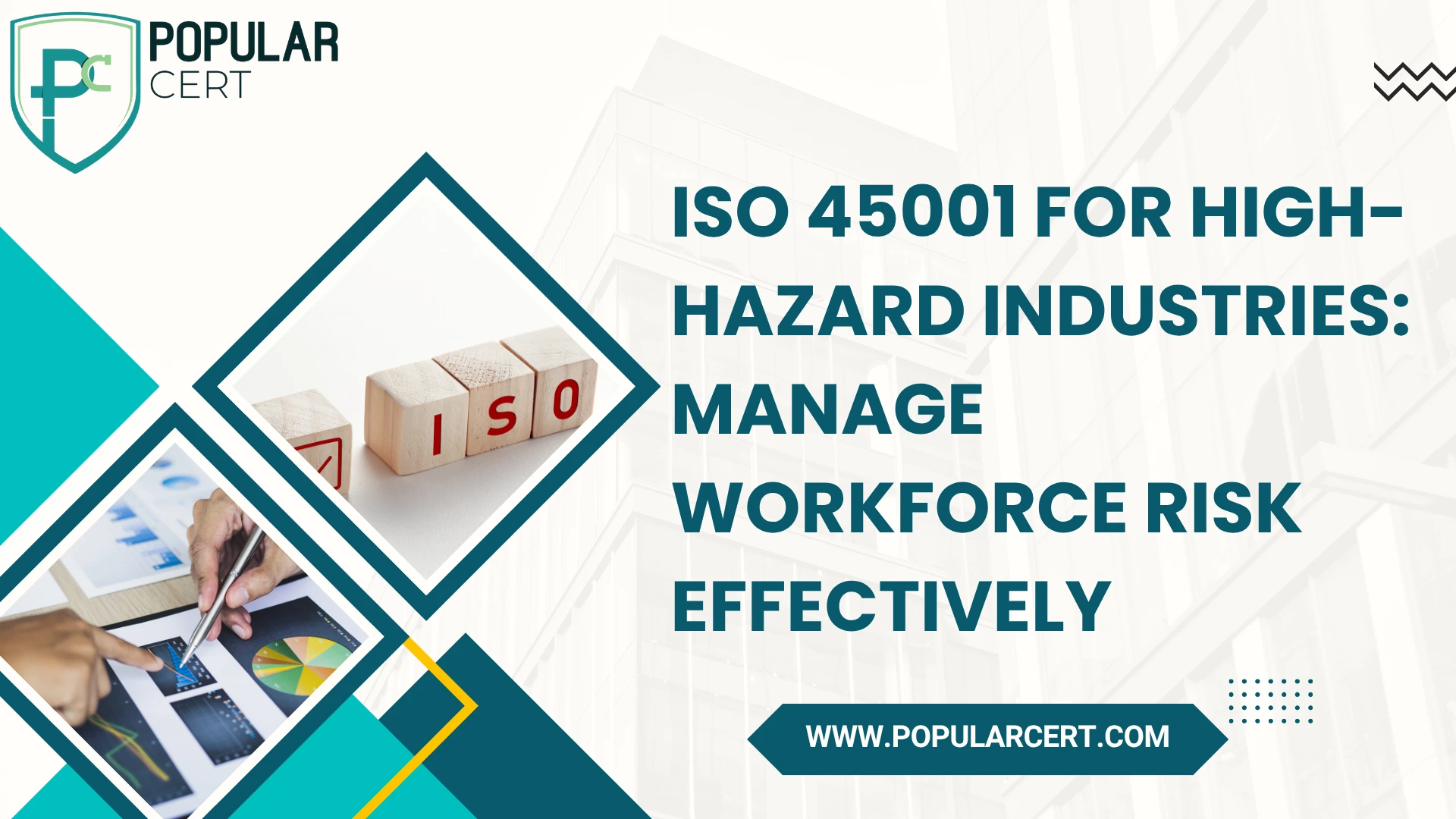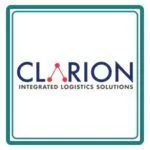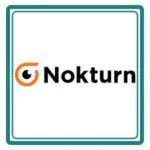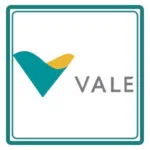ISO 45001 for High-Hazard Industries: Manage Workforce Risk Effectively

Introduction
Each workforce sector in construction, oil & gas, manufacturing, mining, and logistics, is associated with many safety challenges. There is always a risk of injury, environmental damage, or even fatality from a single error. Managing these challenges goes beyond safety training or PPE; it requires a comprehensive and systematic approach throughout the entire organization.
This is where ISO 45001 becomes relevant.
ISO 45001 Certification is the International Standard for the Occupational Health and Safety Management Systems (OHSMS). It assists organizations in recognizing, controlling, and mitigating risks in the workplace, especially in risk-prone and hazardous workplaces. In this blog, I will detail the impact of ISO 45001 in enhancing safety in high-risk industries, and the importance of engaging a Popularcert consultant for effective implementation and certification.
What Is ISO 45001 and Why It Matters
Overview of ISO 45001
ISO 45001 is themself the initiative of International Organization for Standardization (ISO). Their objective is for organizations to address workplace safety concerns, minimize workplace risks, and improve the health and critical workplace conditions. Furthermore, it replaces the outdated OHSAS 18001, making it the go-to benchmark for safety and health standards.
It utilizes the High-Level Structure (HLS) from ISO 9001 and ISO 14001, meaning it maintains coherence and merges with other management systems.
Relevance to High-Hazard Industries
Industries with heavy machinery, toxic substances, heights, confined spaces, and explosive environments are considered to be high-hazard and need advanced safety systems. In these industries, compliance is not limited to having an operational procedure with checkboxes only to be ticked.
- Works with safety departments of companies are and feature such structures as ISO 45001 certification.
- ISO 45001 assists companies and organizations in.
- Recognize and manage workplace hazards in a proactive manner
- Establish defined procedures for incident and injury prevention
- Obtain appropriate legal and regulatory compliance
- Encourage improvement in safety culture
- Enhance safety performance
- Enhance organizational resilience (associated costs optimization and efficiency of the processes)
- ISO 45001 is appropriate for the entire organization, and industries such as oil and gas and manufacturing.
Key Components of ISO 45001 for Risk Management
1.Hazard Identification and Risk Assessment
- Adopting a systematic approach to hazard identification and risk control is the requirements of ISO 45001. The processes that an organization should address include.
- Identify every possible source of harm and risk such as physical, chemicals, ergonomic, and biological.
- Evaluate the probability and severity of exposed risks
- Apply control actions through the hierarchy of controls (elimination, substitution, engineering, etc.)
- Establish and maintain documentation and regular auditing and review processes.
- Not responding to, but rather, pro-actively preventing risk incidents is a balance of improvement and prevention.
2.Worker Participation and Consultation
- An organization’s safety management system ISO 45001 requires employees to be involved and covers a lot of risk with.
- Taking part in risk assessments, in addition to reporting near-hits and conditions that are deemed unsafe.
3.Consultation in safety policy formulation.
With engaged employees, safety policies are adhered to more rigorously, and the frontline feedback received is more useful.
4.Commitment from Leadership and Safety Culture
As is the case in most corporations, the most senior members of the organization greatly influence the company. Under the requirements of ISO 45001, leaders are responsible to:
- Form and disseminate an OH&S policy.
- Give distinct and actionable assignments.
- Define safety measures and targets to be achieved.
- Provide clear accountability and commitment.
- Encouragement from management greatly helps in reinforcing a top down safety culture and improves buy-in from all levels.
5.Emergency Preparedness and Response
In safety sensitive sectors, being prepared for an emergency can be lifesaving. ISO 45001 requires:
- Making plans for the most likely emergencies (fire, explosion, chemical leaks, etc.).
- Drills and evaluations.
- Improvement of emergency management.
- Preparedness in these sectors enable the organization to replace disorder with order. When every second matters, being prepared can replace chaos with controlled actions.
Benefits of ISO 45001 Certification in High-Risk Environments
1.Decreased Workplace Injuries and Rates of Sick Leave
ISO 45001 provides for the reduction of all types of accidents and near-miss incidents, sickness, and workplace incidents; leading to:
- Less interruption in work.
- Reduction in employees taking sick leave.
- Lower costs associated with equipment malfunction.
- Less dependence on organization for legal compensations.
- Improved productivity isolates the organization due to controlled risks.
2.Improved Compliance and Protection from Legal Action
- Organizations in these sectors are frequently audited. Use of ISO 45001 helps increase:
- Following local, regional, and international legal frameworks on occupational safety and health.
- Submission of policies and records to confirm due diligence
3.Improved reputation with government and clientele
- Improved staff morale and retention
- A workplace that does care for their employees is a safe workplace. This leads to:
- Increased satisfaction
- Decreased employee turnover
- Improved organizational trust
4.Business Image and Strategic Advantage
- Having ISO 45001 certification gives your company a distinct competitive advantage:
- Gain business, particularly from clientele focused on workplace safety
- Fulfill pre-qualification criteria for government or large scale contracts
- Improve overall public relations and stakeholder trust
ISO 45001 Implementation Steps for High-Hazard Industries
Types Of Certification
- ISO Certification
- ISO 9001 Certification
- ISO 14001 Certification
- ISO 45001 Certification
- ISO 22000 Certification
- ISO 27001 Certification
- ISO 17025 Certification
- ISO 13485 Certification
- ISO 20000-1 Certification
- ISO 22301 Certification
- ISO 50001 Certification
- ISO 37001 Certification
- IATF 16949 Certification
- ISO 29001 Certification
- ISO 31000 Certification
- ISO 20121 Certification
- ISO 10002 Certification
- ISO 41001 Certification
Get Free Consultation
Our Clients


















Implementing ISO 45001 Certification in high risk environments requires careful planning and risk mitigation. Popularcert makes it easy with:
Step 1: Risk assessment and gap analysis
Popularcert conducts a systematic gap analysis to map your existing safety measures against ISO 45001 standards and to uncover safety gaps.
Step 2: Policy and Plan Formulation
- We assist in drafting and systematizing:
- OH&S policies and procedures
- Risk registers and compliance matrices for legal obligations
- Templates for investigation of categorized incidents
- Control plans for identified hazards
Step 3: Training and Involvement of Employees
- We conduct Training Needs Assessments at all levels:
- Senior management courses on OH&S as a strategic business leadership function
- Training at the employee level on recognition and reporting of workplace hazards
- Development and Coaching of a Safety Committee
Step 4: Internal Audits and Ongoing Development
- We perform mock audits and Certification Readiness Training for your staff as well as create a continuous improvement loop using:
- corrective and preventive action (CAPA)
- leading and lagging indicators
- Management reviews and safety performance dashboards
Why Choose Popularcert for ISO 45001 Certification Support
The application of ISO 45001 is not a cookie-cutter approach; it is particularly challenging in critical and high-risk environments.
1.Specialized Support for High-Risk Industries
- Popularcert brings in hands-on experience from:
- Oil and gas
- Chemical manufacturing
- Power plants
- Heavy construction and infrastructure
- We know these sectors face critical safety issues and offer tailored safety solutions.
2.Full Consulting and Implementation
- We provide assistance from planning all the way to certification with:
- Gap analyses
- Documentation
- Training
- Internal audits
- Certification assistance
3.Tailored Safety Management Solutions
Each organization is unique. Popularcert adjusts the implementation of ISO 45001 based on your company operations, number of employees, and industry risks.
We help you not only with certification, but also to a better organization and a safer workplace.
Prepared to Enhance Your Advanced Safety Management System?
In life-critical industries, ISO 45001 Certification compliance is a bare minimum requirement; a prerequisite to having a strong safety culture, improving compliance, reducing incidents, and elevating your brand image.
If you are in a high-risk sector, your time is now. Reach out to Popularcert, your reliable ISO certification consulting partner and begin with your Trusted Consultant™ for a more secure tomorrow.
Reach Popularcert Today for risk-free consultation or ISO 45001 readiness evaluations.
GET A FREE CONSULTATION NOW
FAQs
Is ISO 45001 compulsory for higher-risk sectors?
While it is not compulsory in all countries, it is frequently mandatory in higher-risk sectors, often due to client, regulatory, or tender requirements.
What difficulties arise in the application of ISO 45001?
Some of the difficulties that can be faced include: absence of leadership engagement, inadequate training, obsolete risk assessments, or poor record management. Popularcert efficiently assists in most of these areas.
What is the timeframe to be certified ISO 45001?
In the case of Popularcert and the impact of consultants, most organizations are able to gain certification within a few months. However, the period may differ with organization size and pre-existing structures.
In what ways does ISO 45001 differ from OHSAS 18001?
ISO 45001 is a newer, more extensive standard with a greater focus on leadership, risk management, and system integration when compared to OHSAS 18001.
Is it possible to combine ISO 9001 and ISO 14001 with ISO 45001?
Certainly, since ISO 45001 was designed to be easily integrated with both standards, it shares the same structure with them making joint integration and shared management systems simpler.
